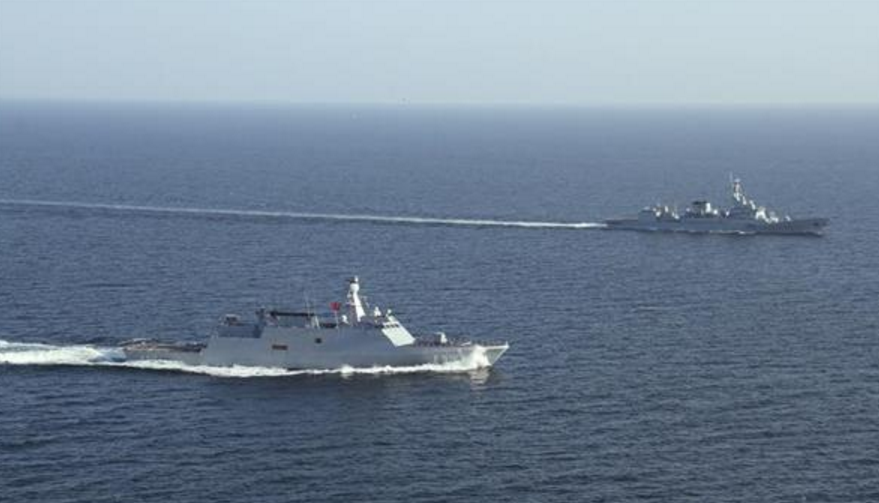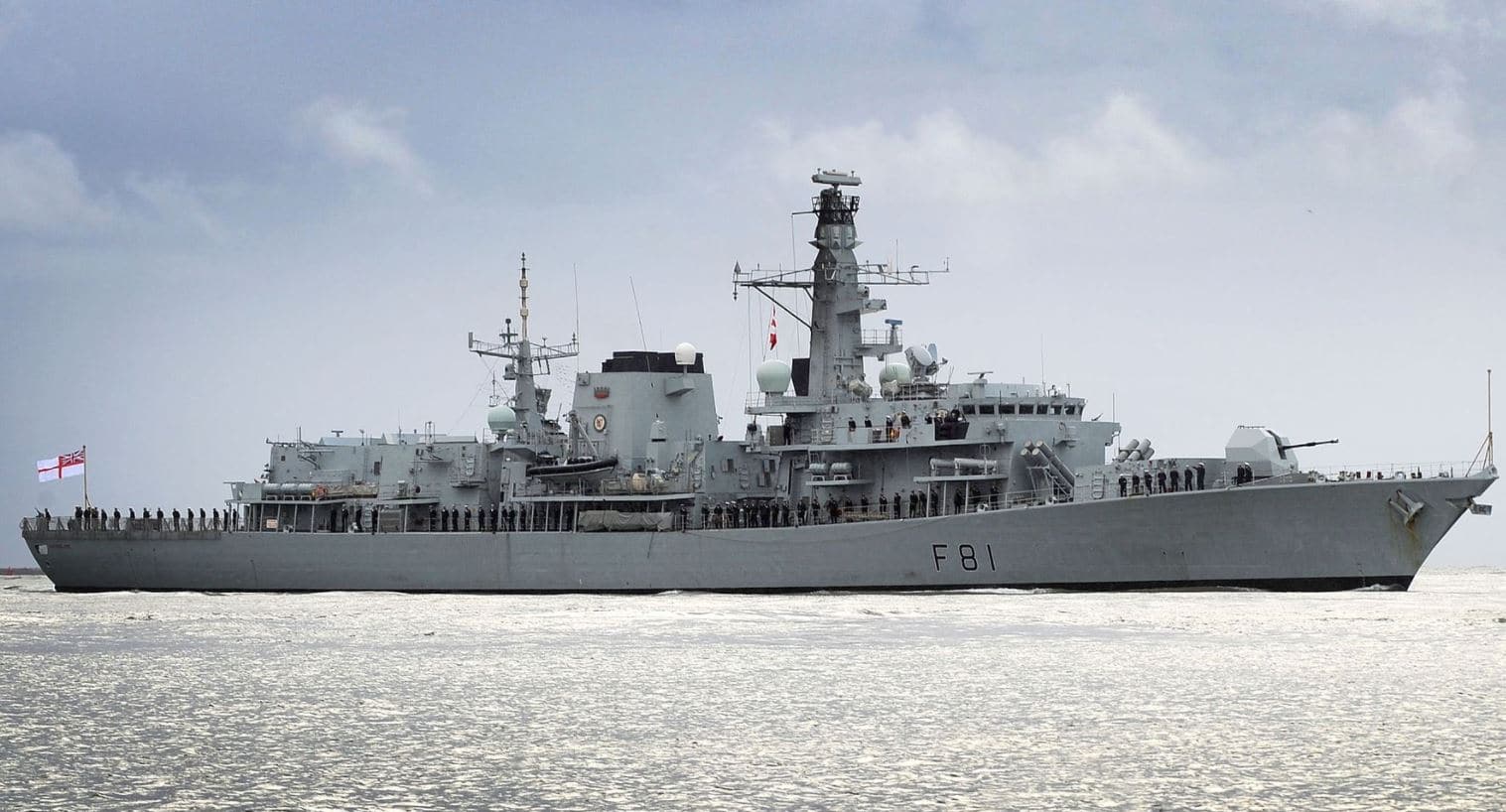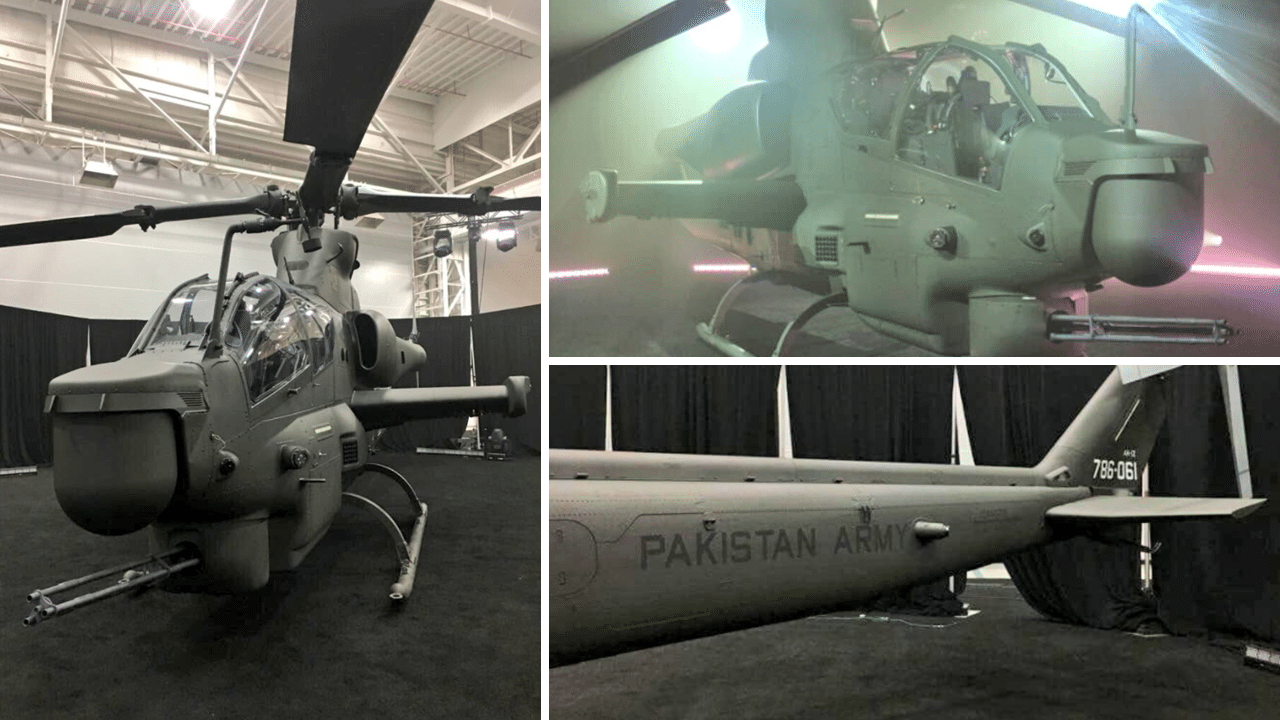2626Views 10Comments

Pakistan establishes naval task force to guard Gwadar and its sea-lanes
The Pakistan Navy has established a unit – designated Task Force 88 (TF-88) – to protect the Gwadar deep-sea port and its sea-lines-of-communication (SLOC) from conventional and non-conventional threats.
A senior Navy official told Dawn News that TF-88 would be formed with “ships, Fast Attack Craft, aircraft, drones, and surveillance assets.” The Pakistan Navy will also station Marines at Gwadar.
The Chairman of the Parliamentary Committee on the China-Pakistan Economic Corridor (CPEC) Senator Mushahid Hussain said that TF-88 would work in concert with the CPEC Special Security Division, which is responsible for protecting CPEC infrastructure on land.
Notes & Comments:
The announcing of TF-88 is significant. With its focus on conventional and non-conventional threats alike, TF-88 could, at least in the long-term, form the nucleus of a robust naval force.
At the 2016 International Defence Exhibition and Seminar (IDEAS), which took place in Karachi from 22 to 25 November, the Navy announced that it is seeking four to six new fast attack crafts (FAC). It appears that these FACs, which may come from China or Turkey, will form the core of TF-88.
TF-88’s apparent mission profile could inform the PN’s likely FAC decision, if not the specific make, then at least an understanding of the general configuration. Protecting the deep-sea port would necessitate a littoral defence element. High-speed boats armed with anti-ship cruise missiles (ASCM) and shore-based coastal ASCM batteries can fulfill this role. These boats/FACs could also patrol and police littoral waters.
However, TF-88’s mandate to guard Gwadar’s SLOC or sea lanes would necessitate larger and longer-range vessels, and for ‘conventional threats’, defensibility from seaborne threats via effective anti-ship warfare (AShW), anti-submarine warfare (ASW), and anti-air warfare (AAW) capabilities is essential. The AAW element alone is multi-layered, one that will require a point-defence missile system (PDMS) to guard against incoming ASCMs, and potentially a medium-range element for area wide coverage.
‘Ships’ planned for TF-88 could potentially comprise of multi-mission surface combatants. Currently, the Pakistan Navy is in talks with Turkish shipbuilder Savunma Teknolojileri Mühendislik ve Ticaret A.Ş. (STM) for MILGEM corvettes. At IDEAS 2016, STM announced that it aimed to finalize an agreement in 2017. The Ada-class corvette would sufficiently meet the above AShW and ASW criteria, and that too with a PDMS for intercepting low-flying aircraft and incoming ASCM. However, the MILGEM-G, which is the Ada-class with 10 additional metres and room for 16 vertical-launch system (VLS) cells, could provide proper AAW.
Similarly, China Shipbuilding Industry Corporation (CSIC) marketed a range of surface combatant designs at IDEAS 2016, including a multi-mission frigate with AShW, ASW, and AAW (via 32 VLS cells) capabilities. Like STM, CSIC is offers a wide range of capable surface combatant designs that meet the Pakistan Navy’s – including TF-88’s – requirements. Be it STM, CSIC, or both, one could expect these ships to built locally in Pakistan, be it Karachi Shipyard & Engineering Works (KSEW) and/or the planned shipyard in Gwadar.
TF-88 will also include an aerial element. In terms of unmanned aerial vehicles (UAV), the Pakistan Navy could potentially seek medium-altitude long-endurance (MALE) UAVs. Aviation Industry Corporation of China (AVIC) had a strong showing at IDEAS 2016 with its range of MALE UAVs, such as the CH-4B and CH-5. Continued investment in manned maritime patrol aircraft (MPA) is also expected; this will likely build upon existing efforts to procure commercially popular platforms and configure them for maritime duties.
Whatever the outcome in terms of specific systems, it is apparent that Pakistan is allocating a noticeable portion of its defence spending towards Gwadar and CPEC. The Pakistan Navy has come to the center of recently inked and upcoming big-ticket acquisitions, a major contrast to its place for much of its history. Chinese and Turkish vendors have positioned themselves as the leading prospective suppliers of Pakistan’s naval requirements, especially in regards to Gwadar/CPEC.
Calls for targeted investments in other previously untouched or underdeveloped areas have also arisen in the past 12-18 months. On the back of murmurs regarding Pakistan’s reported interest in the Sukhoi Su-35, analysts had called for the PAF to consider such a platform to build long-range air warfare capabilities, especially for maritime operations (Defense News).
At IDEAS 2016, Rosonboronexport, the commercial arm of Russia’s defence industry, showcased hardware and services targeted at enhancing Pakistan’s internal security and counterinsurgency (COIN) capabilities. These included small-arms, armoured vehicles, and holistic solutions, namely “Safe City”. As per Rostec, an industry organization represents 22 direct management and 14 holding companies in Russia, Safe City is a complete package comprised of hardware and software solutions. The software element is utilized for monitoring and analyzing big data. The hardware component is comprised of automated command, control and communication (C3) systems and small arms for law-enforcement agencies.
The security of Gwadar/CPEC has become a prospective market as far as defence vendors are concerned. Pakistan appears to consider the issue an internal and external/conventional security matter, which will shape the nature of its short and medium-term procurements. However, Rawalpindi has also viewed its COIN commitments in relation to Afghanistan as a core issue, how this is managed – or prioritized – in relation to CPEC will be of interest to observers in the coming months and years.



10 Comments
by Sami Shahid
Well I think Pakistan should buy P3c Orion’s , Drones and Advanced Mines. Pakistan should induct locally manufactured Fast Attack Crafts, Frigates and Multi-Purpose Vessels rather then buying from China or Turkey. Navy has already inducted JF-17’s but should induct more JF-17’s. It would be better if Pakistan Navy buy (attack capable MD-500).
by Steve
Agree Sami. The tried and tested plan to build hulls and add advanced hardware with Chinese, Turkish or other foreign help will work, just as the fleet tanker and F22P were built. However we need this force now and it takes time to build ships. Probably buy a few and build the rest. I think we should definitely not go smaller and smaller (therefore cheaper), but use this opportunity to acquire proper MMF with VLS capability. FAC should be in addition to, and not instead of frigates. We need something that may be needed to deter a possible blockade by India rather than just port defence. That’s the biggest potential threat, not pirates in speedboats or BLA letting off firecrackers here and there. It’s time we stopped buying the smallest cheapest stuff out there for the navy. CPEC needs a proper defence as it is widely acknowledged to be a “game changer” for us. Money can be saved by buying used Orions and Chinese UCAV’s, if available.
by Steve
3 Squadrons of J11 or Su-35 will be great if we get them on easy instalments
by Shakeel
Pakistan should collaborate with Turkey on purchasing the the Yonca MRTP 70 or FAC55 form STM. Without sounding too critical Pakistan domestic naval solutions are from mature.
To illustrate my point PNEC (NUST) school has only one Professor of international caliber in Naval Architecture i.e. Muhammad Saeed Khalid. Any nation that wants to embark on feasible ship building programme must develop & nurture a sound human resource base. If you compare Istanbul Technical University with PNEC, it will soon become apparent to you why we cannot design small crafts of international standards. We are faced with a stark choice – either we invest in our people or we diminish ourselves to the lower rungs of being a non-entity in ship building.
KSEW has managed to poach people of international standard (these are very seldom cases).Negligence of mammoth proportions can be highlighted by the Minister of Defence Production visit to South Korea (Oct -2015 -Rana Tanvir Hussein had some nice cookies & feast without yielding any results)
http://dailyfrontierstar.com/%EF%BB%BFminister-for-defence-production-meets-two-leading-conglomerates-of-south-korea/
It was Pakistan who was nothing forthcoming to propsals made by STX Group to invest in Pakistan. It is the job of the state to propel a nation & to shore up it’s strategic industries so that they comply with international standards. Missed opportunities such as those highlighted do not pass by every day.
Thankfully, the problems in the aviation sector are less acute, given that institutions such as IST, Air University, & CAE are playing an instrumental role in the uplift of Pakistan. The same cannot be said for those hypocrites who trumpet the case of democracy at the detriment of their own people.
by Zaman
Sami shahid serving kestrel interests well. Only few would understand.
by Steve
Shakeel, You hit the nail on the head. We share your frustrations. Even overseas Pakistanis find it difficult to help as nobody back home wants to receive it. A 5 year emergency project is needed to build up critical manpower in key areas. High salaries may tempt foreign people on contract from abroad until we get our people trained. Sending abroad may not be feasible as there is a restriction on Western knowledge that not many people know about. The army may want to take this under its wing rather than leaving it to the corrupt incompetents running the show. If there are no kickbacks they are not interested, the nation be damned.
by Steve
Good analysis and agree with what you say. I was talking about CoCom and we know that cutting edge military knowledge is still Western (including Russia of course), not to play down Far East and China’s industrial development. Acquiring knowledge is a long term investment and for the religiously inclined also a duty. Just look at the proliferation of “academies” with American names offering expensive substandard education in our major cities. The rot runs very deep and a generational effort is needed. Cantonese/Mandarin offered as a second language in schools instead of Arabic, to start really early?
by Sami Shahid
In my opinion the Indian Navy is a threat to Karachi not Gwadar but we should not under estimate the enemy. And for that we are already buying 8 new submarines as our enemy is not just one. There is a country US which wants to rule the entire GULF and Gwadar is the mouth of Gulf. As far as pirates are concerned then we are developing multi-purpose vessels. Crime and human smuggling will increase near Gwadar in the coming future due to economic activity so multi purpose vessels are very important for us.
by Sami Shahid
😉
by Ashwin
Pakistan urgently needs its own Navy Aviation wing, with long range strike capabilities and a minimum of 12 ISR aircrafts if it wants to defend Gwadar.